(Sorry these are posted late and out of order...our beloved camp photographer Nina was packing for college!
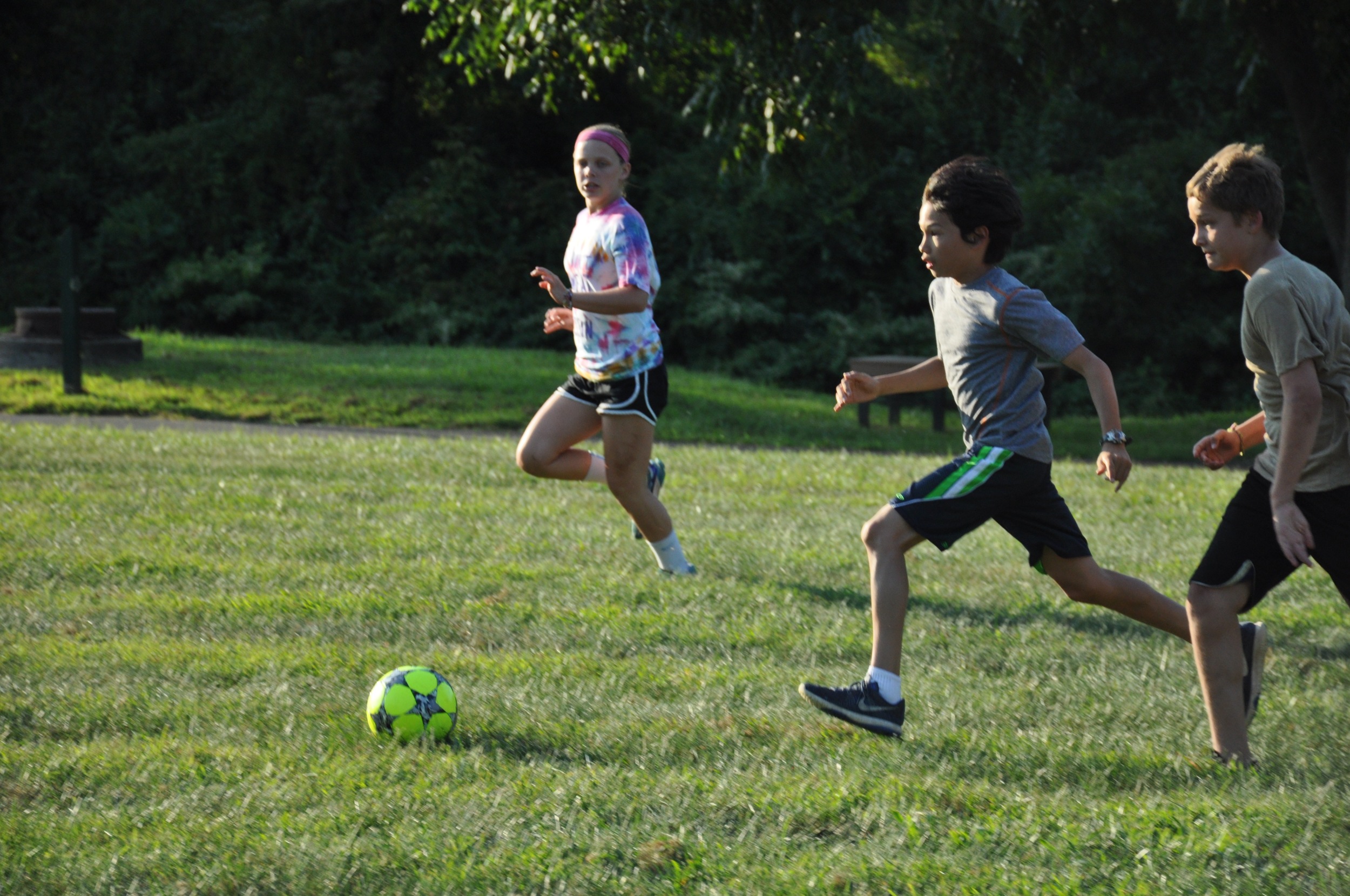

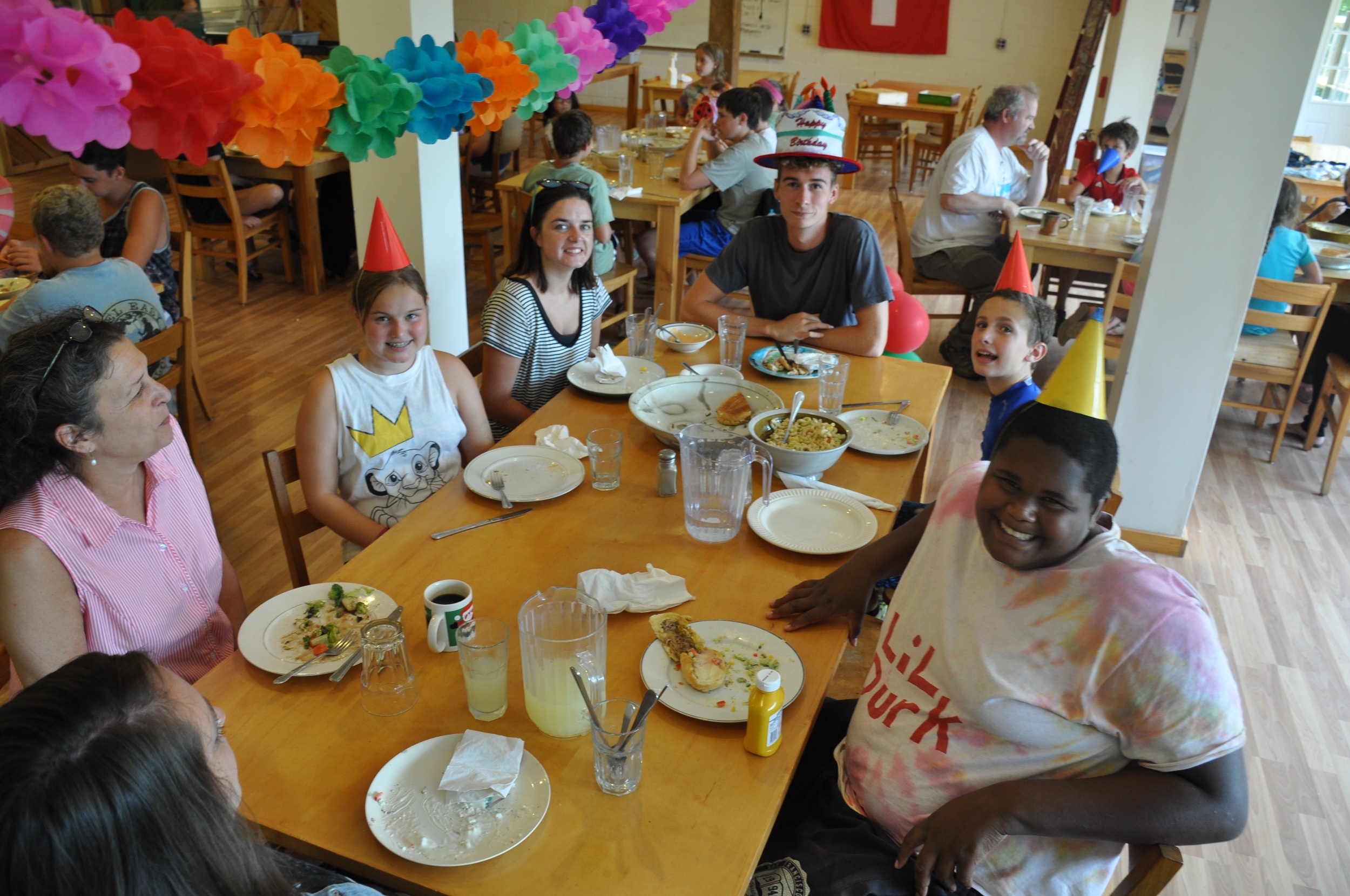
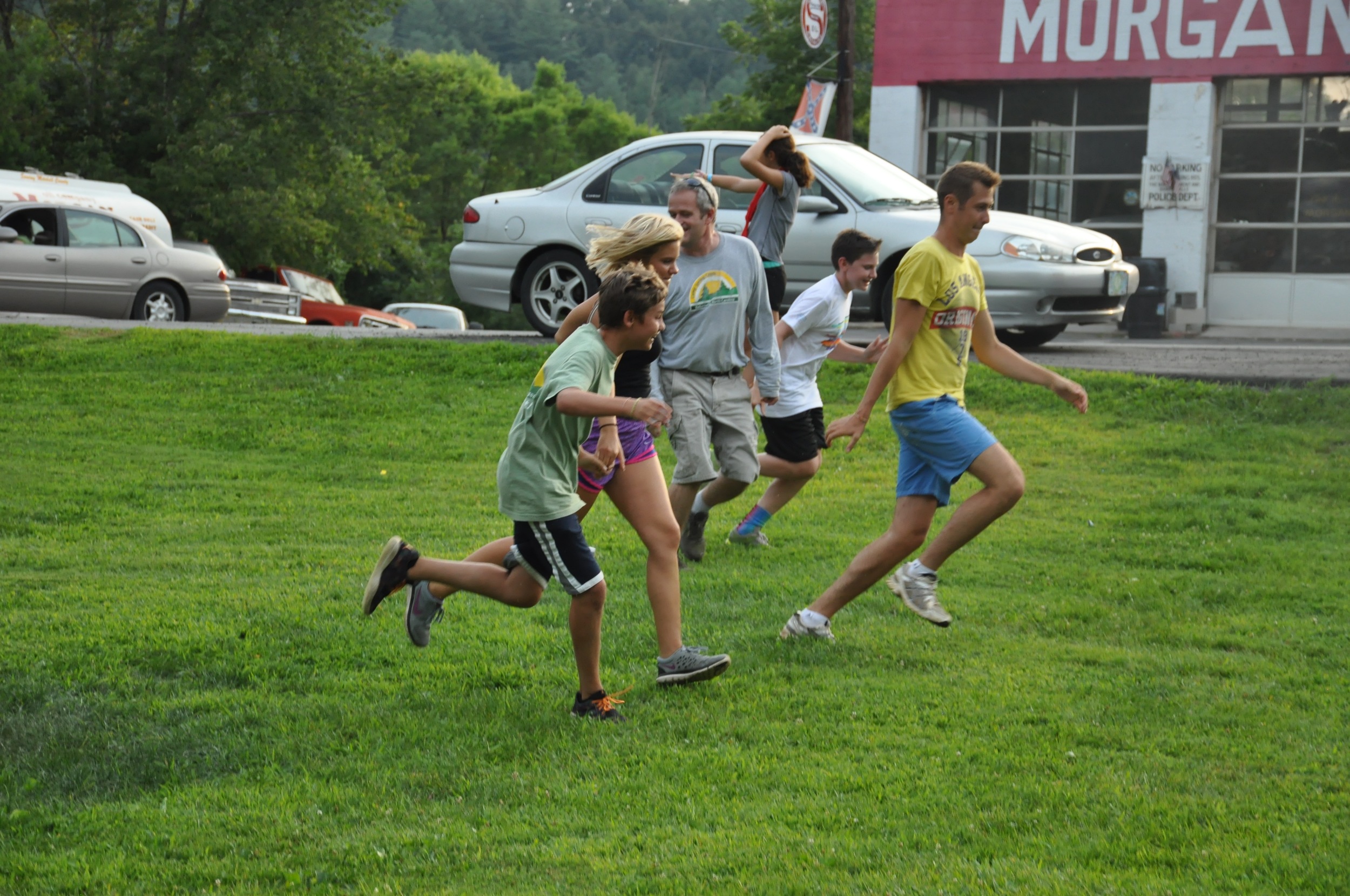
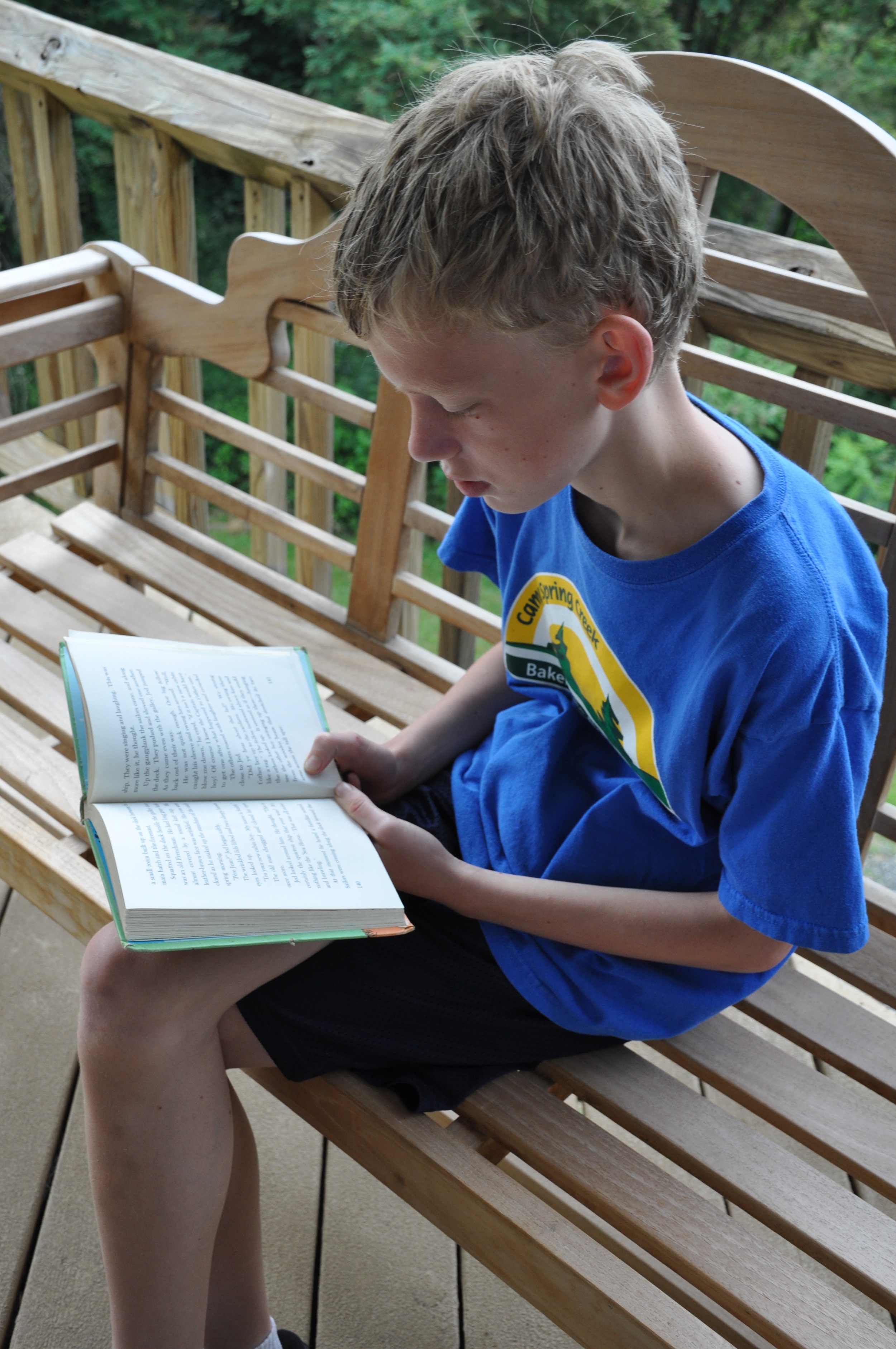
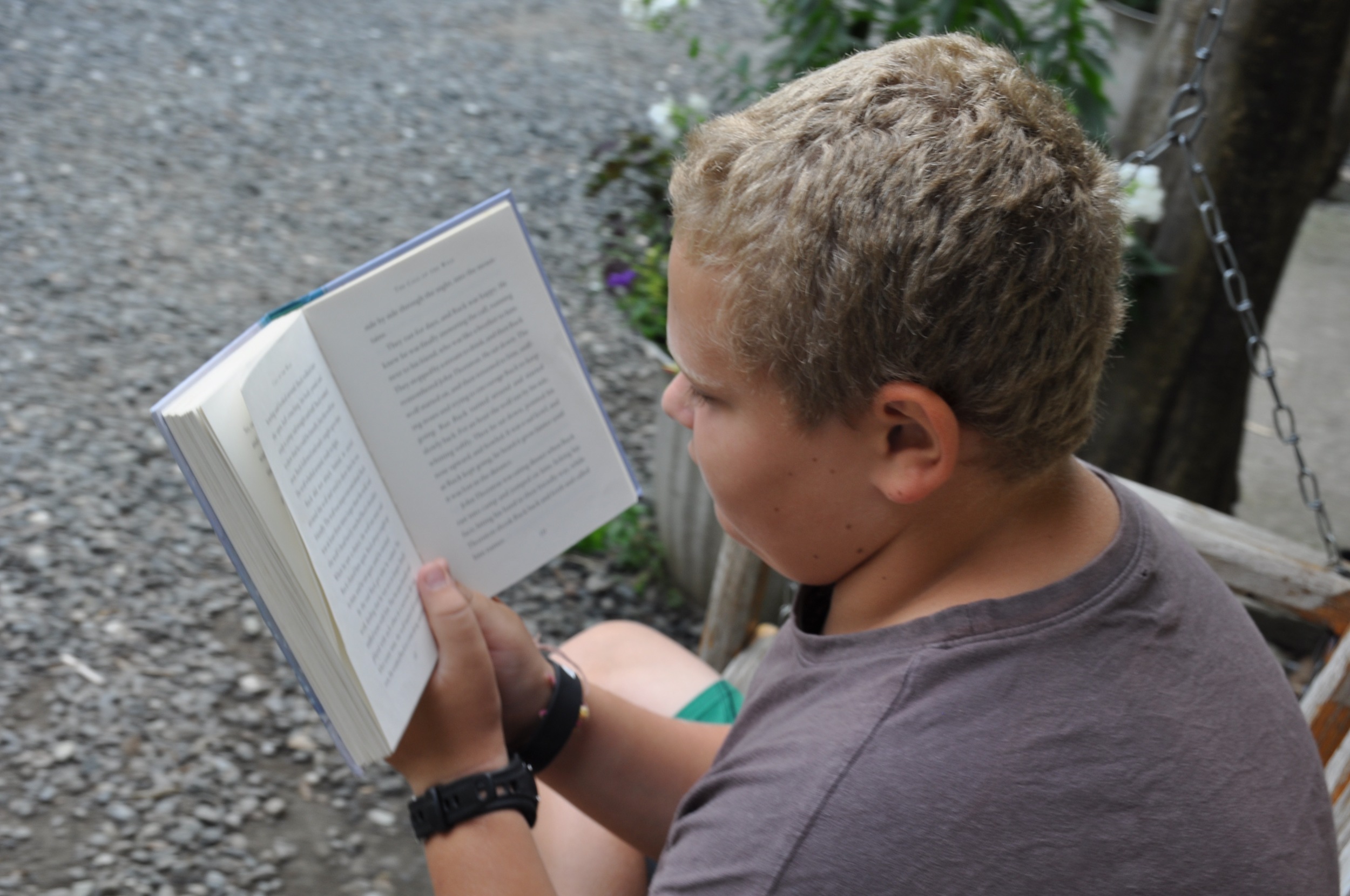
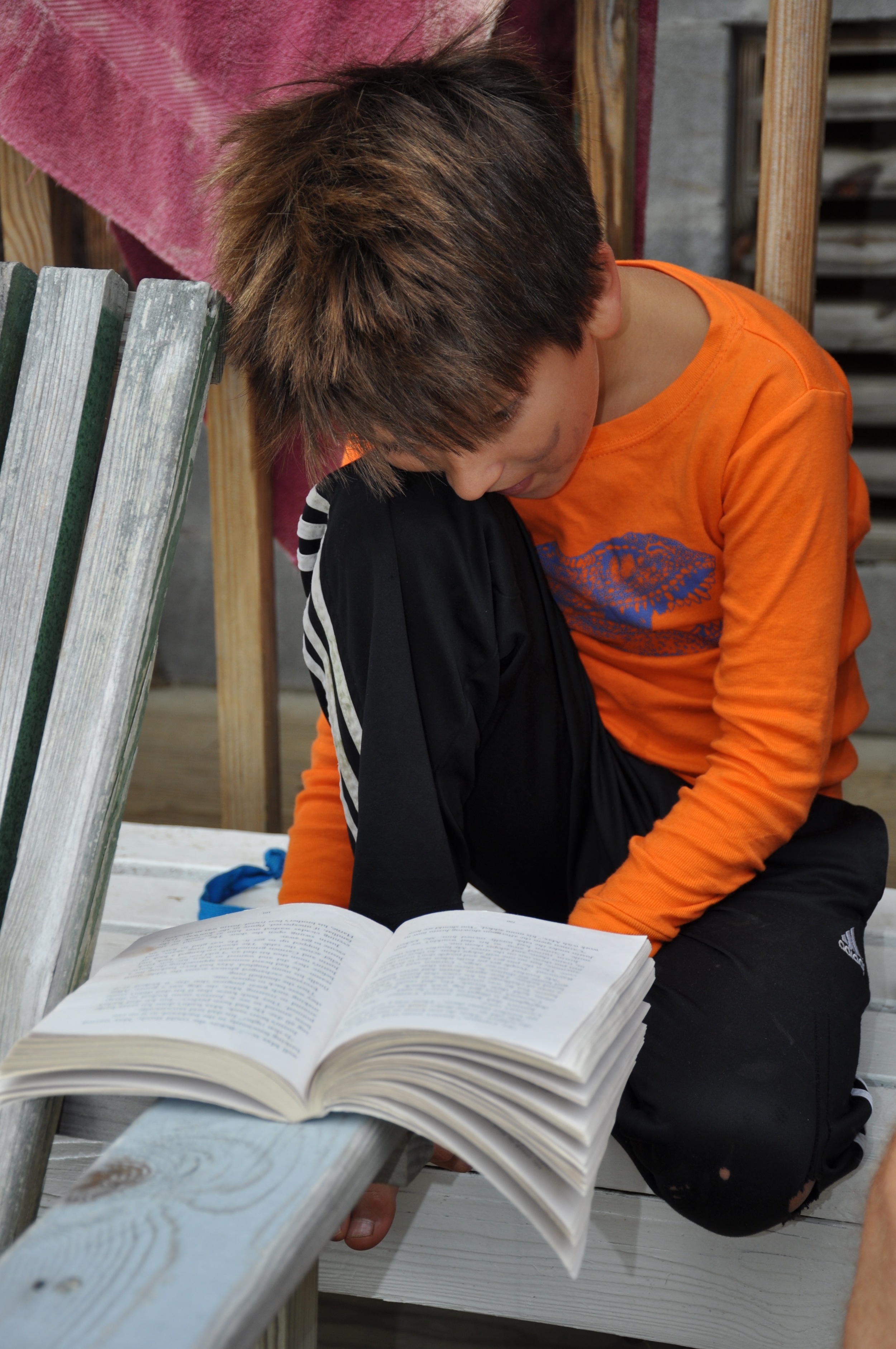

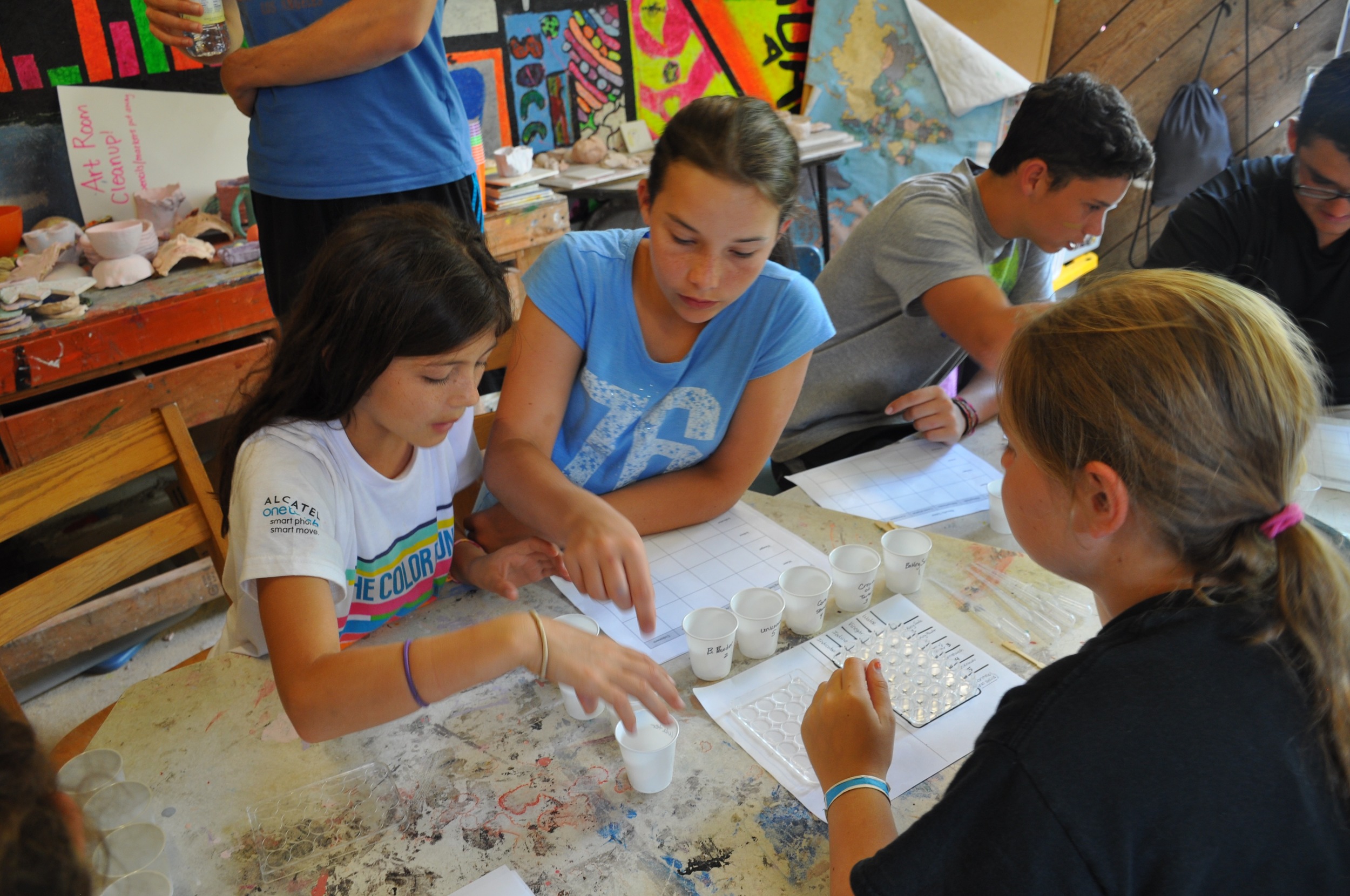
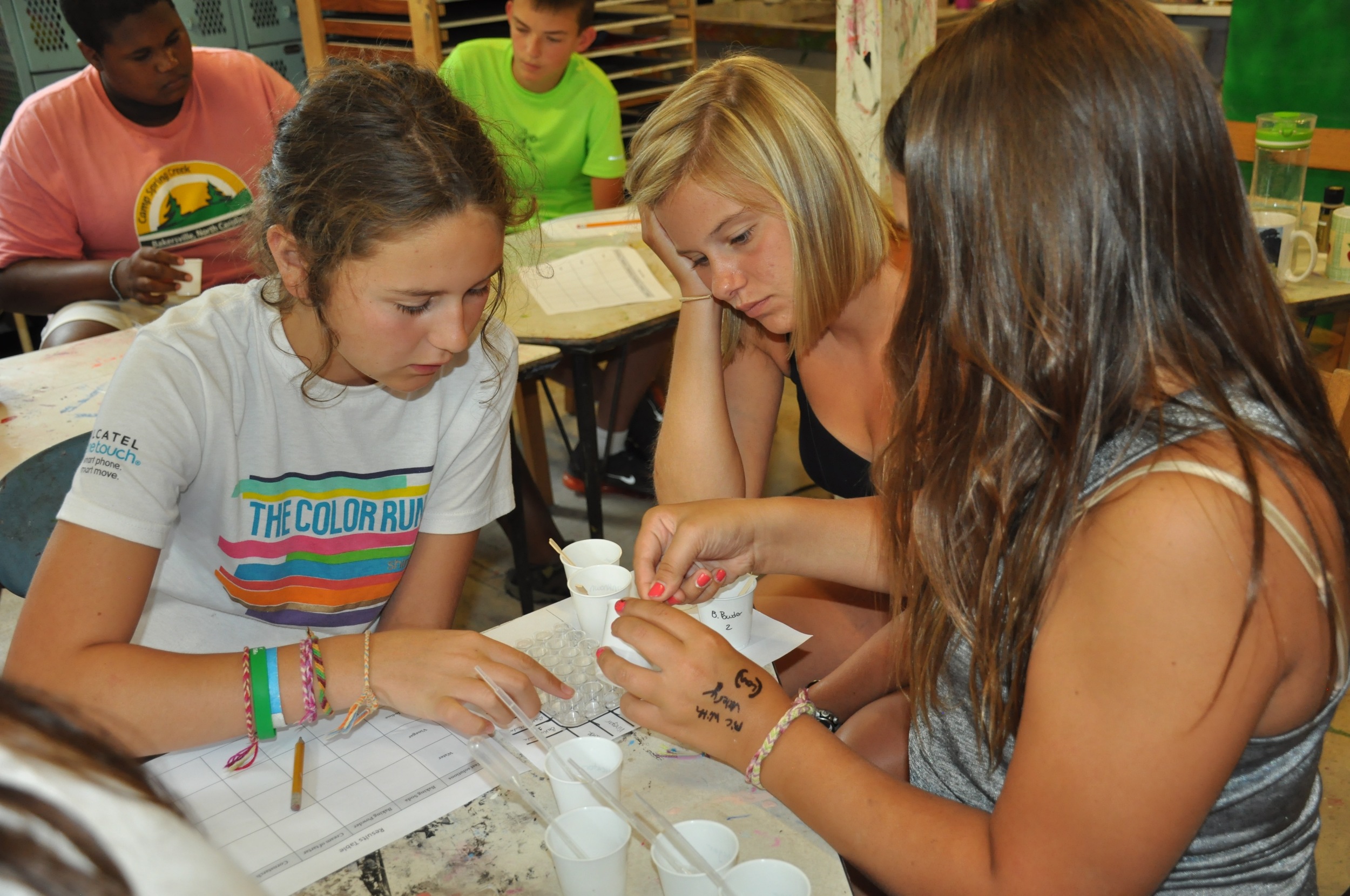
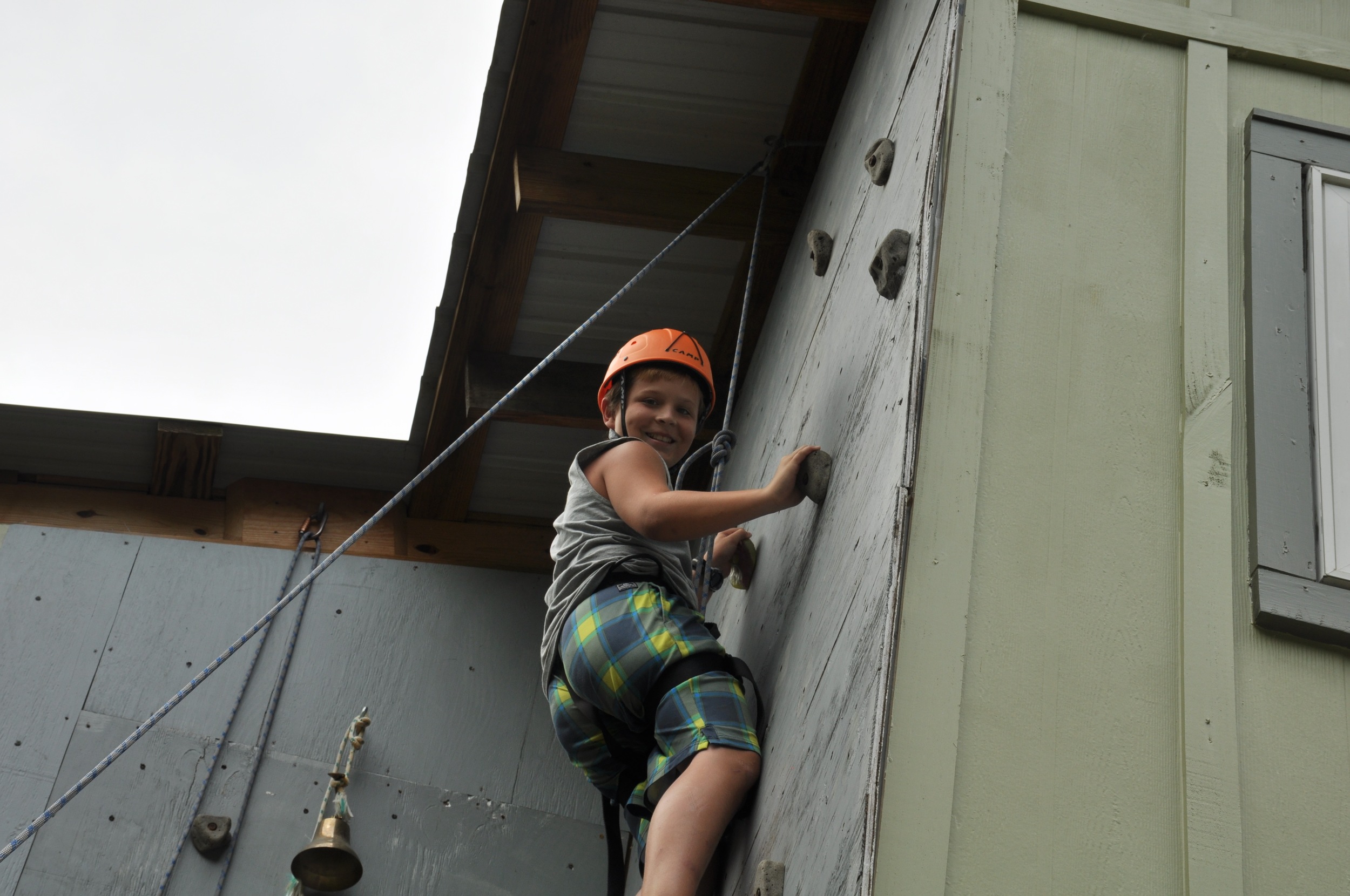
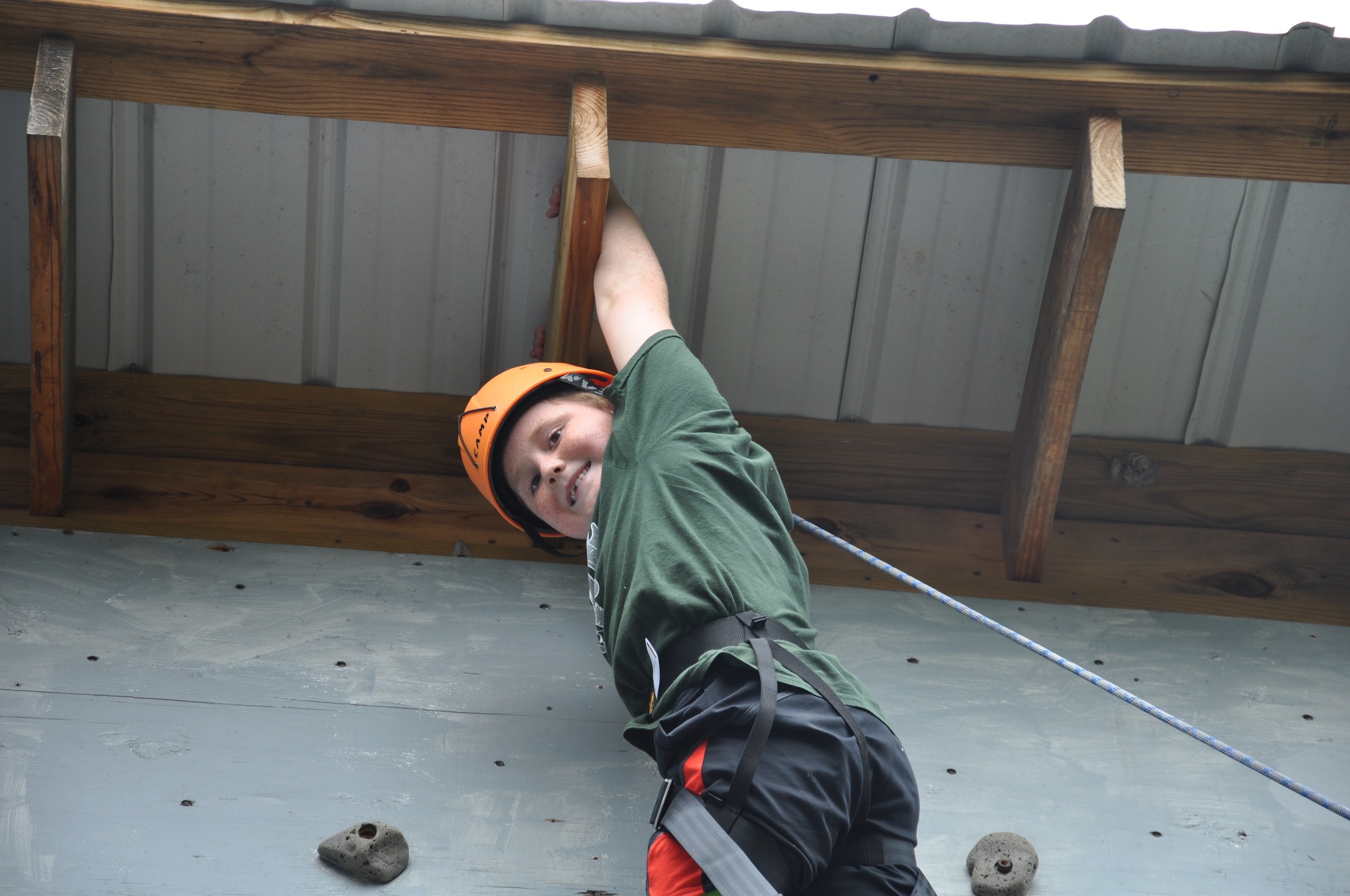


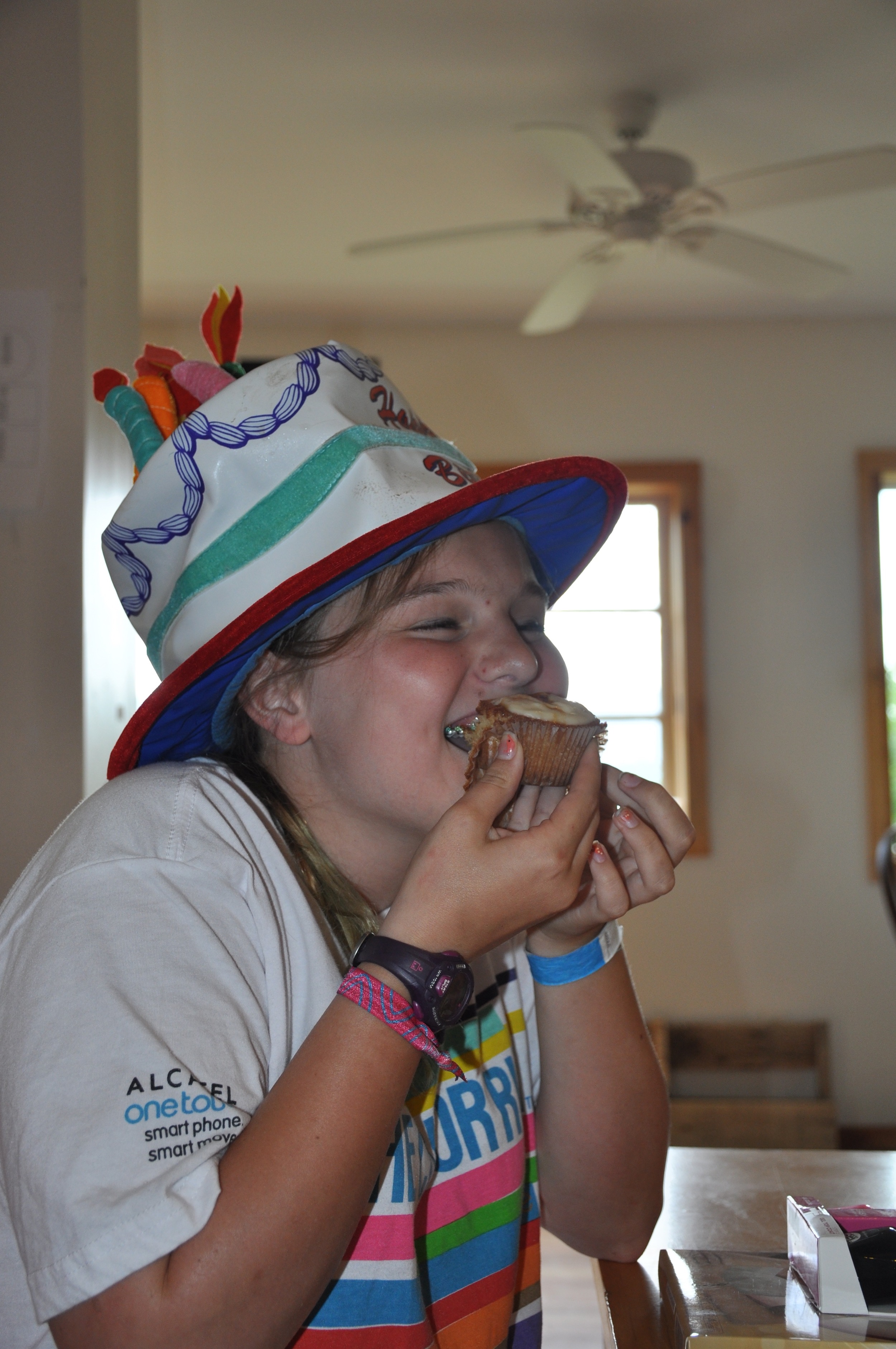
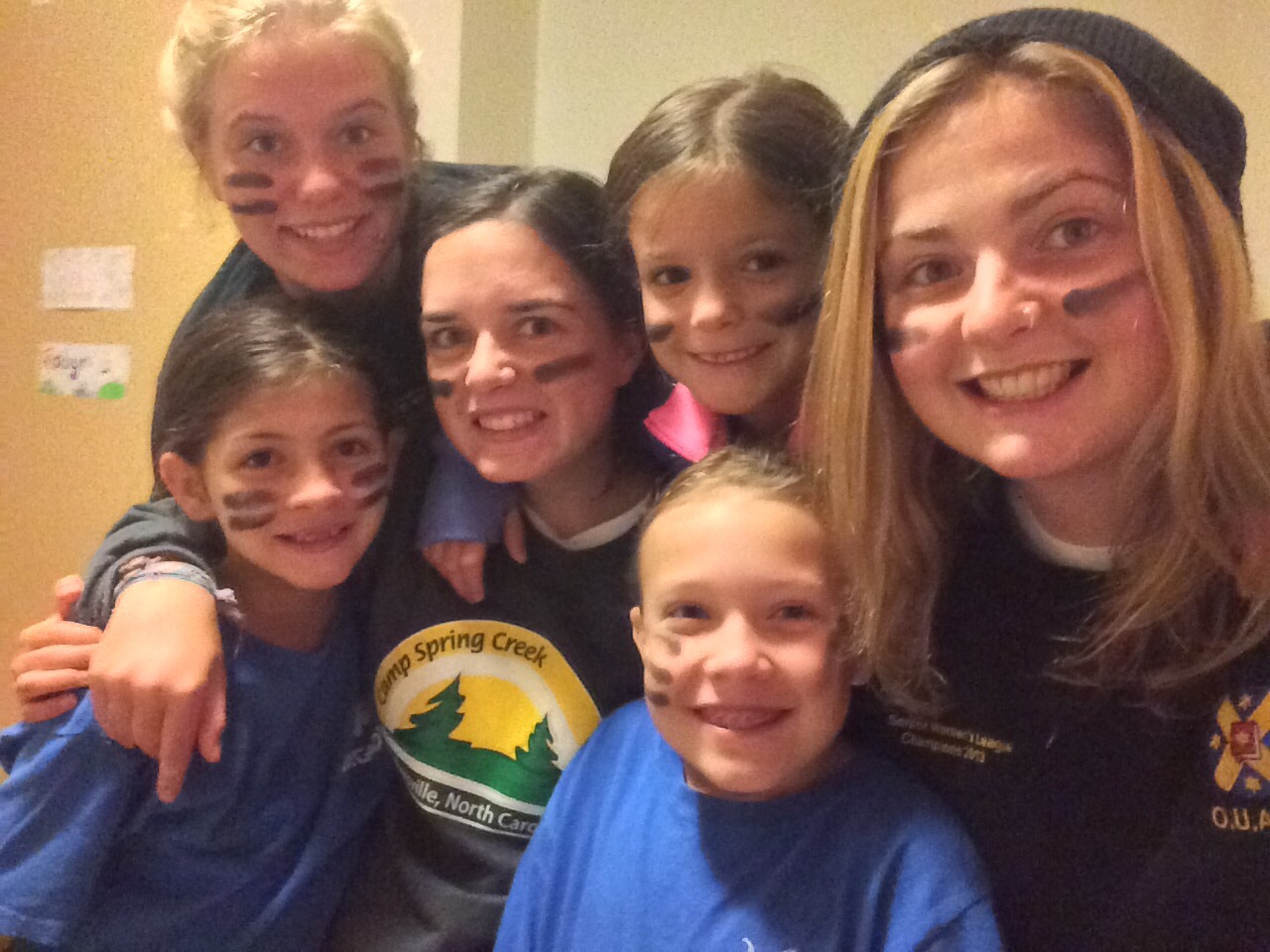
(Sorry these are posted late and out of order...our beloved camp photographer Nina was packing for college!
Today's blog is a guest post from first-time counselor at Camp Spring Creek, Conor. Thanks, Conor, for all your hard work and heartfelt reflections. We're so glad you're here!
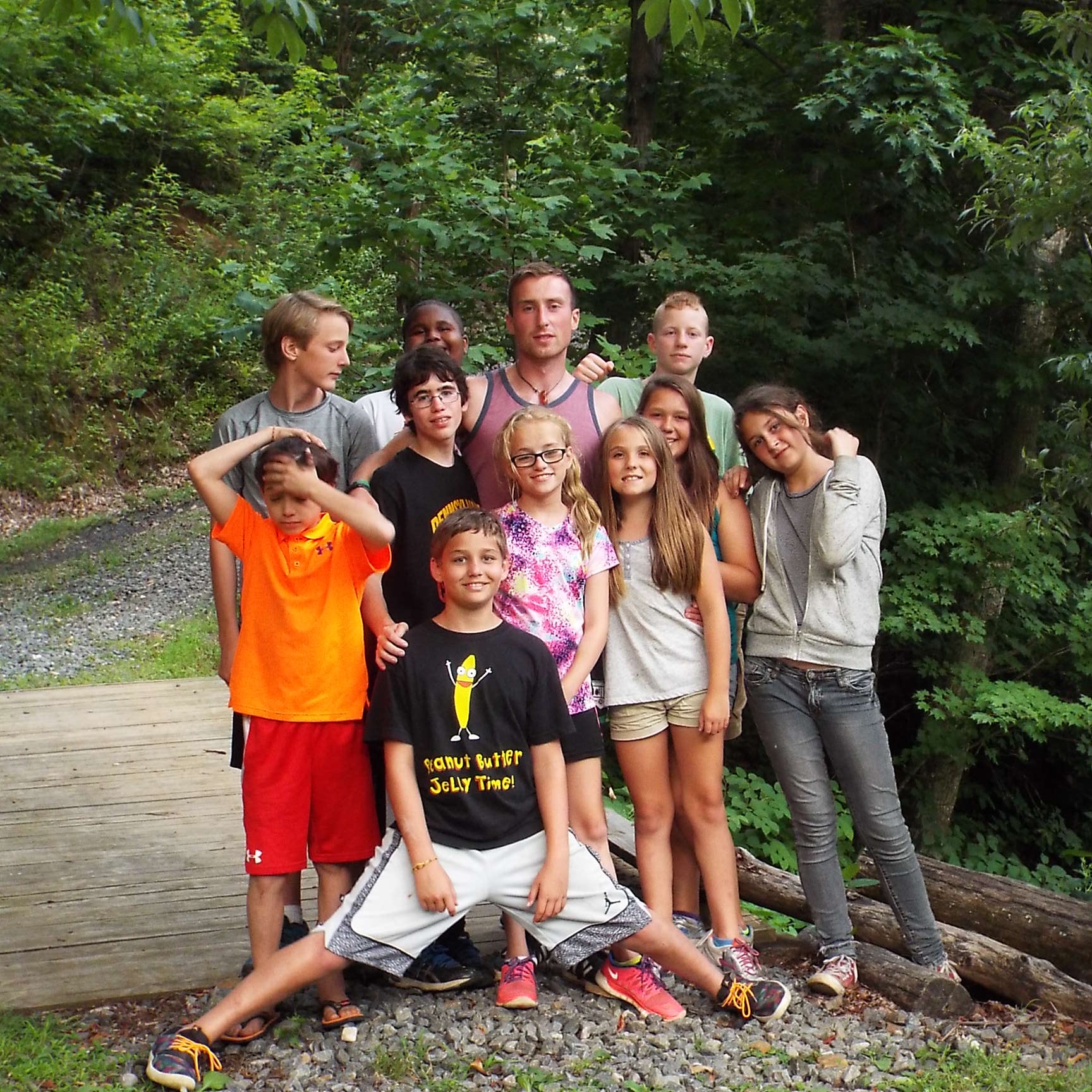 So it’s been four weeks since camp officially started and this year’s crop of campers descended on Camp Spring Creek. I’ve now been in North Carolina a little over a month, and can honestly say it has been the quickest five weeks I have ever experienced. At the same time--and I’m aware of how contradictory this sounds--when I think back over everything that has happened since I touched down in Charlotte, it feels like I must have been here for months. Maybe even years. Since I arrived, I have acquired an American Red Cross qualification in lifeguarding and CPR (thanks to our very patient and understanding instructor), attended a genuine sidewalk street dance in Bakersville, experienced 4th of July as the Americans celebrate it and, as well as countless others, met the most amazing group of people (campers, counselors and tutors) I’ve ever encountered.
So it’s been four weeks since camp officially started and this year’s crop of campers descended on Camp Spring Creek. I’ve now been in North Carolina a little over a month, and can honestly say it has been the quickest five weeks I have ever experienced. At the same time--and I’m aware of how contradictory this sounds--when I think back over everything that has happened since I touched down in Charlotte, it feels like I must have been here for months. Maybe even years. Since I arrived, I have acquired an American Red Cross qualification in lifeguarding and CPR (thanks to our very patient and understanding instructor), attended a genuine sidewalk street dance in Bakersville, experienced 4th of July as the Americans celebrate it and, as well as countless others, met the most amazing group of people (campers, counselors and tutors) I’ve ever encountered.
That’s what really sets this camp above its larger counterparts. Hidden up in the mountains, with no television, Internet or cell phone connection, camp becomes its own little secluded community. As I write this, we consist of approximately fifty-two people; thirty campers, eight counselors, seven tutors, assorted members of staff, and the van der Vorst family.
Before we continue, I would like to apologize for the frequent references to the passing of time in this post--how many weeks camp has been up and running, how long it has been since I arrived, the length of time until camp wraps up, etc. The reason I mention it so often is because I truly cannot believe both how fast time is passing and how much is being achieved in that time. It’s almost as if, in our little dyslexia-orientated enclave in the Blue Ridge Mountains, time is passing differently than in the rest of the world. Having such a small, intimate camp means that during the course of the last four weeks (I did warn you) I’ve really gotten to know all of the campers personally, as well as forging extremely tight bonds with my fellow counselors and colleagues. Though it can be difficult at times, I couldn’t have asked for a better or more diverse group of kids for which to be responsible.
All the children have very different personalities and skill-sets and it’s enthralling to watch as these traits slowly become apparent as camp goes on and the campers grow in confidence. As cliché as it sounds, I have probably learned more from this bunch of 6 to 15 year olds than they have from me. It can be extremely humbling to become engrossed in a debate about education, history, or even philosophy, only to realize part-way through that you are having this very mature discussion with a twelve-year-old (and even more humbling when said twelve-year-old reveals they are at least as knowledgeable, or even more knowledgeable, about the subject than you are!).
Despite only meeting them three weeks ago, the thought that many of these kids will be leaving this [last] week is a source of genuine distress to my fellow counselors and I, which is a testament to both the campers and Camp Spring Creek as a whole. Though we’re not even halfway through our stay at camp, several of the counsellors (including myself) have already decided that we would like to return again next year, provided Susie and Steve will take us back, of course!
Before I arrived in North Carolina I was, quite frankly, at a loss as to what I wanted to do with the rest of my life and where I wanted to go. Already, I can say that choosing to become a counselor at Camp Spring Creek is one of the most rewarding things I have ever done. I’ve learned an awful lot about myself that I never would have known if I’d stayed at home and it has given me some real direction as to what I want to do after the summer. I remember reading a previous entry on this blog prior to my arrival at camp that described a summer at Camp Spring Creek as "the hardest fun I’ve ever had," pretty much summing up my last few weeks in six words.
And I wouldn’t change a thing.
Fresh from camp, these clips were shot this afternoon when Katey met with the senior campers for their first introduction to backcountry basics. They rotated through stations to practice cooking a meal, packing and fitting a pack, pumping and purifying water, and digging cat holes for a backcountry latrine. They'll spend an additional hour each day this week practicing these skills, as well as time sorting and packing food and gear as they get ready to hit the trails this Friday! At the end of our afternoon, each camper shared "Hopes & Hesitations" by writing down one thing they hope for on the trip and one thing they feel hesitant about. We shared the hopes and hesitations anonymously and debriefed, getting pumped up for the trip.
[youtube https://www.youtube.com/watch?v=AbEUVxC0aV0&w=560&h=315]
The campers arrived this weekend! We're thrilled to welcome them and wish everyone safe travels back across the globe as you make your way from Bakersville, North Carolina to home. Here's a little breakdown of info about some of this year's campers: 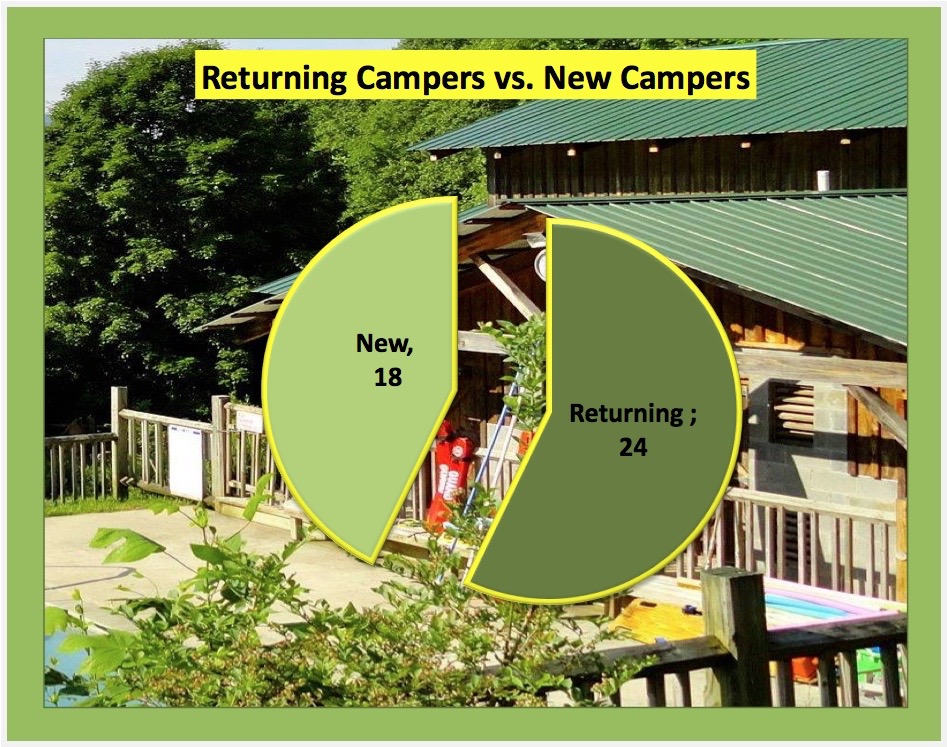
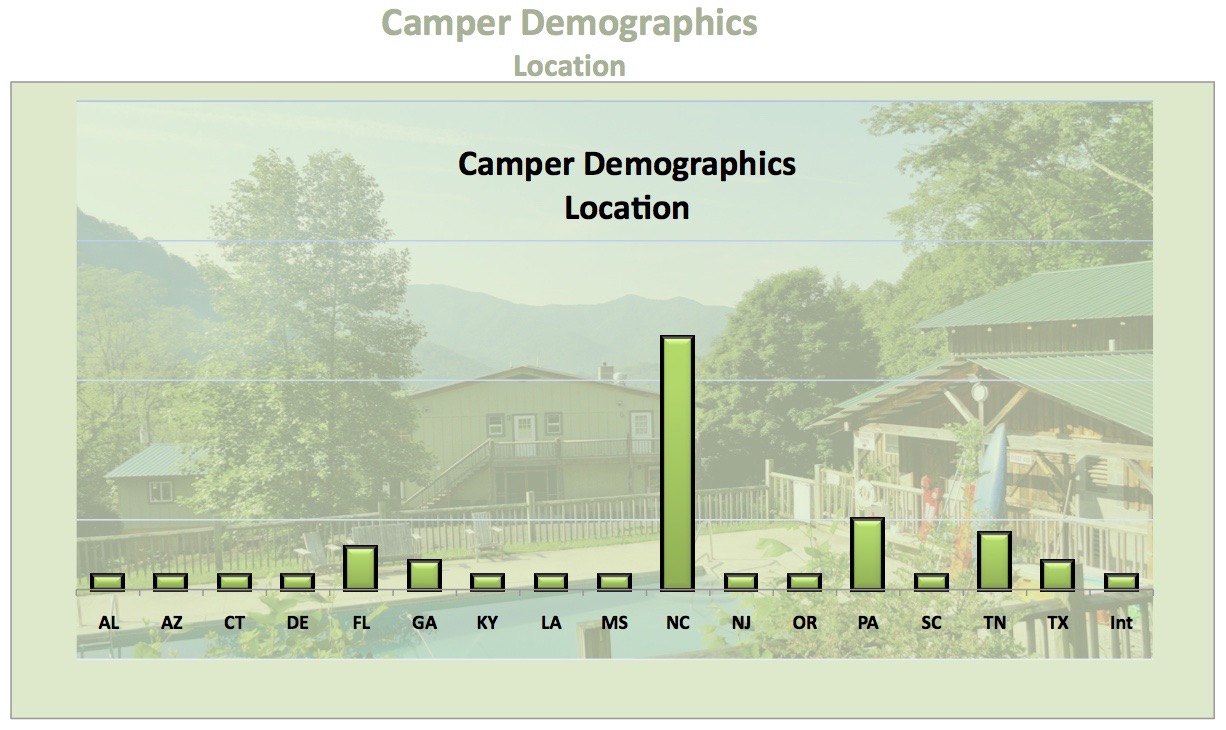
Thanks to our camp photographer, Nina van der Vorst, for these opening day snapshots. We're having a blast so far!
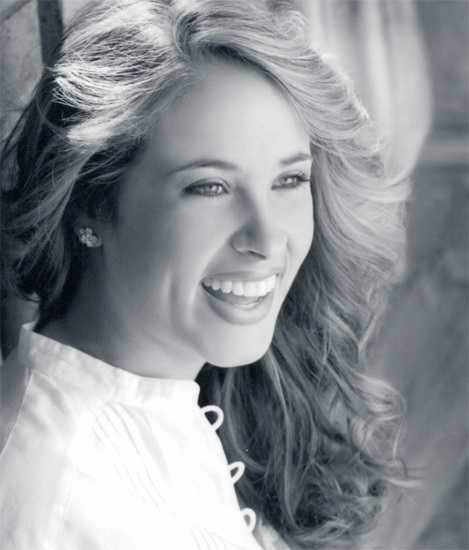 Today’s interview features inspiring individual Madalyne Marie. The bio on her website offers a delightful introduction: “Madalyne didn't discover her artistic talent until her freshman year of college, however, she always found ways to cultivate her creativity. She grew up dancing, drumming, canyoneering and river rafting. She always had an interest in learning new things, traveling to new places, and helping others to find strength in their challenges. Her proudest accomplishments include having a piece on exhibit at the Smithsonian…Madalyne lives by the firm belief that good design and creative expression should be applied to everything she does, including cooking, rearranging her furniture, or singing car karaoke at the top of her lungs. She and her husband, Dustin, have been married for five years, live in New York City and have exactly zero children.”
Camp Spring Creek: So much of the design and logo work you have created for companies like Avon, Mark, Coach, and Four & Twenty Sailors involves unique interpretations and layout of letters and symbols. As professional with the dyslexic advantage, we find this especially intriguing. In what ways do you think being dyslexic informs your creative decisions with letters and symbols, specifically?
Today’s interview features inspiring individual Madalyne Marie. The bio on her website offers a delightful introduction: “Madalyne didn't discover her artistic talent until her freshman year of college, however, she always found ways to cultivate her creativity. She grew up dancing, drumming, canyoneering and river rafting. She always had an interest in learning new things, traveling to new places, and helping others to find strength in their challenges. Her proudest accomplishments include having a piece on exhibit at the Smithsonian…Madalyne lives by the firm belief that good design and creative expression should be applied to everything she does, including cooking, rearranging her furniture, or singing car karaoke at the top of her lungs. She and her husband, Dustin, have been married for five years, live in New York City and have exactly zero children.”
Camp Spring Creek: So much of the design and logo work you have created for companies like Avon, Mark, Coach, and Four & Twenty Sailors involves unique interpretations and layout of letters and symbols. As professional with the dyslexic advantage, we find this especially intriguing. In what ways do you think being dyslexic informs your creative decisions with letters and symbols, specifically?
Madalyne Marie: I see words and letters as shapes. This helps me see how the letter-forms interact with each other, as well as the space and the environment that they’re in. That environment might be a website or magazine cover for instance. Being dyslexic also helps me see connections between things and solve visual problems quickly because I can bring my intuitive sense for consistency, evolution, and difference into the brainstorming process. When I work with others, this helps me make the visual connections needed to get the job done, as well as to work efficiently.
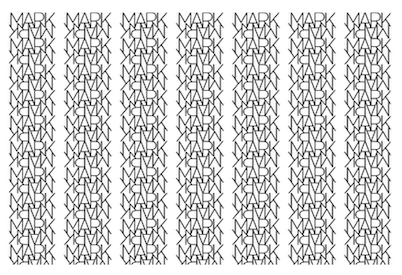
CSC: As a graphic designer, your mediums are color and light—two intangible substances. In what ways does being dyslexic inform your ability to manipulate color and light in markedly stunning ways?
MM: Being dyslexic helps me visualize things more clearly and naturally, so I can visualize before I execute ideas. I can see the outcome beforehand and I can see the potential problems as well, so—all around—the work is quicker. For instance, I might decide that I can’t make a background one color and a design feature another color because, in my mind, I can see beforehand that it’s not going to be visually compelling in the way that I want it to be. This is a really positive and empowering tool and I’m still experiencing how useful and important it is, both artistically and professionally.
Growing up, no one shared a message with me about dyslexia that was positive. No one said to me, “I’m dyslexic, I did ok. You’re going to be ok, too.” I’m so passionate about this message now, because there are kids in schools that still think there’s something wrong with them. We need to let them know they’re not attached to a label or an expectation and they’re not attached to shame. They have really positive and empowering tools within themselves, just like I had to discover, as well.
It’s so much easier to label a child “bad” instead of “good.” That kind of thinking isn’t working well for today’s kids. We have to get in on the ground level and reach out to the younger generation. They’re the ones who will change the conversation going forward. If we can get them through school, the more they understand that they’re capable and that they’re needed, the better the world will be.
CSC: What can you tell us about the interactive Dyslexic Advantage traveling installation?
MM: It’s a large, interactive installation that combines three components—the experience of someone growing up being dyslexic, juxtaposed with what dyslexia really is, along with an interactive activity that helps someone experience what it could be like for people who are dyslexic. The installation is fairly large and you can pick up letters and interact with it and move things around to complete your experience.
The title of the installation is Dyslexic Advantage, named after the book and research by Brock and Fernette Eide, because it’s such an incredible resource and inspiration to me. They focus on the struggles, but also the achievements of people with dyslexia. That message was important for me to hear.
I made the installation for the capstone of my BFA project at Brigham Young and it was really life changing. The project let everyone know I was dyslexic. I hadn’t really told people before because I didn’t want people to hold me to different standards. I entered the installation into a few exhibition contests, including the Smithsonian, and a few months later I was accepted into their show called “In/finite Earth,” that toured around the world in 2013.
CSC: In brief, what is your dyslexia discovery story? How and when were you identified and in what ways did that influence your life as you moved forward?
MM: I didn’t actually learn what it means to be dyslexic until my senior year of college. I was identified as dyslexic in 2nd grade and was put in special education my entire childhood. My teachers never sat me or my parents down and told us what it all meant. So for many years, I just thought “dyslexic” was a nicer way to say someone was really stupid or unintelligent.
That’s a really hard way to grow up—believing that you’re never going to be as smart as anyone else. I could always tell that the expectations weren’t as high for me and I didn’t like that. When I got to college, I was able to take my first art class. Growing up, I had extra reading and writing classes, so I was never allowed to take art. But in college, at the end of my first semester, my teacher asked me what I was going to major in and I told him Communications. He told me I was crazy if I didn’t major in Art. To make a long story short, I went with art and, in particular, graphic design, and won an award pretty early on. My capstone project was about dyslexia and traveled around the world through the Smithsonian. Finally, I really, truly, started to understand what dyslexia was—and all the positive things it entails.
We're thrilled that we already have 25 campers registered for the first session of camp, and 28 campers registered for the second session. The way the bunks, staffing, and numbers all work out, this translates to 5 open spaces for first session, and 2 open spaces for the second session (just about). If you or someone you know is a good match for Camp Spring Creek, please visit our admissions page, which will inform you about the application and tuition process. Meantime, feel free to reminisce with us by viewing this "opening day" video from a few summers ago:
[youtube https://www.youtube.com/watch?v=4Gyyr90k410&w=560&h=315]
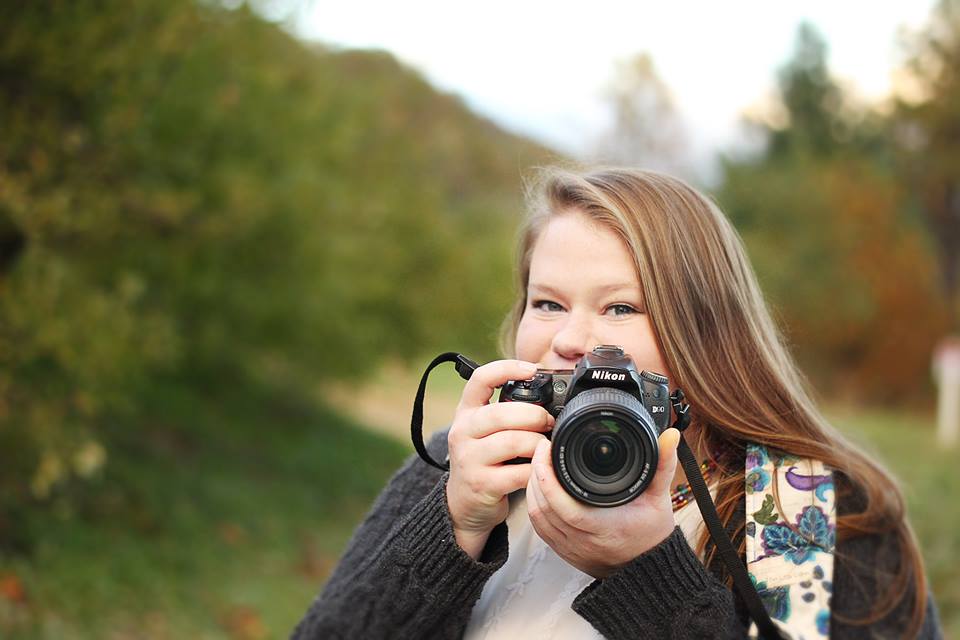 If you ever wondered what it's like to grow up at a summer camp, I am the perfect person to ask. Being the daughter of Susie and Steve, I have spent practically every summer of my existence tucked away in the mountains of North Carolina at Camp Spring Creek. When Camp Spring Creek was founded, I was only five years old and the campers seemed like giants to me. Since then, I have filled the role as camper, dishwasher, kitchen helper, art assistant, typing teacher, and--as of two summers ago--photographer.
If you ever wondered what it's like to grow up at a summer camp, I am the perfect person to ask. Being the daughter of Susie and Steve, I have spent practically every summer of my existence tucked away in the mountains of North Carolina at Camp Spring Creek. When Camp Spring Creek was founded, I was only five years old and the campers seemed like giants to me. Since then, I have filled the role as camper, dishwasher, kitchen helper, art assistant, typing teacher, and--as of two summers ago--photographer.
When I am taking photos at camp, it is important for me to capture the moments that will be remembered in the campers' minds forever. I find it important to capture the friendships that are formed, confidence that is built, and learning that is inspired. I look for the secret moments of an older camper helping a younger camper cross the creek, or teammates cheering each other on during a relay race in swimming. These moments, along with composition and lighting, are what make great photos.
When thinking back to the photos that I have taken this previous summer, one in particular comes to mind as one of my favorites. It is a picture of a fourth-year camper who, for the first time that year, decided she would give wakeboarding a try in Lake James. After getting up on the wakeboard for a few seconds, her confidence soared to the sky and I am so happy that I was able to capture that moment she will remember for the rest of her life. This photo is an example of how photography requires the photographer to be in the right place at the right time. As always, even with thousands of photos from the summer, there are always so many moments that were never captured on camera. That is one of my favorite parts about being the photographer at camp. In a way, I get to choose what parts of camp get displayed to the whole world, and which moments will be locked away in the camper’s minds.
Photography is a medium that is constantly changing, and there are always new things to learn. During my recent trip to the Netherlands, I got to spend some quality time with my aunt, who is also a photographer, learning tips and tricks as well as learning the different effects of using portable reflectors. As well as spending time with my aunt, I was able to learn a few tricks using Photoshop with my uncle, who is a graphic designer. Experimentation has also been a great tool to help me develop my “style.” This past fall, I launched my own photography business as a way for me to practice and gain experience in the photography field. Business has slowed down during the cold winter, but I already have a session scheduled for the spring. I am excited for another summer doing what I love in a place that I love. Camp Spring Creek is where my heart is, and I am so excited to give back to this organization that has filled my summers with adventure and friendships since I was five.
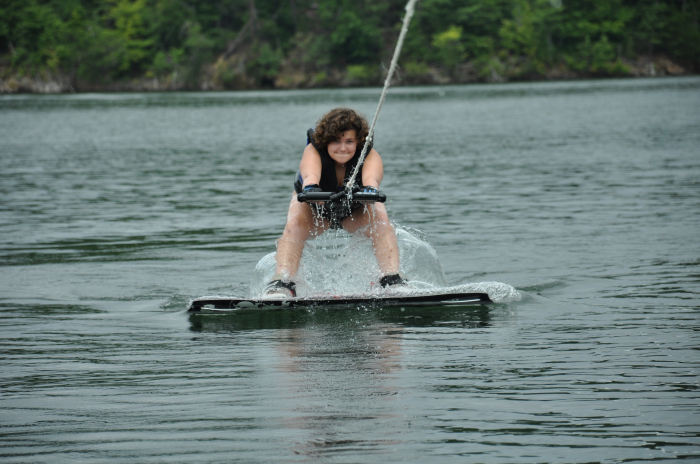
We'd like to offer a round of applause and public note of appreciation to all our grant-funding organizations, partner organizations, trainees, tutors, counselors, staff, parents, and of course--our CAMPERS! Without the team effort from everyone on this list, we could not be where we are today. Where are we? We're in a position to offer slightly more scholarships each year, we're in a position to train local teachers without cost to the teachers themselves, we're in a position to observe and celebrate the accomplishments of our "extended family," we're in a position to expand year-round programming and improve our physical campus, and we're in a position of sincere gratitude to all of you as we look to the future and realize our fullest capabilities are within reach. Slow and steady, we're growing the best ways we know how. Thank YOU for making it possible!
For substantial funding and grants:
Ms. Robyn Oskuie (Endowment)
Dr. Louis Harris (Endowment)
CFWNC (People in Need Grant)
Mitchell Fund (People in Need Grant)
For partner organizations:
Academy of Orton-Gillingham Practitioners and Educators
Augustine Project Winston-Salem
For individual donors:
Philanthropists: Mr. & Mrs. Bill Shattuck, Rainbow Fund, and The True North Foundation.
Benefactors: Triangle Community Foundation
Sponsors: Mr. & Mrs. Tom Brown, Mr. & Mrs. Duane Connell, Mr. & Mrs. Walter Daniels, Mrs. Lori Ferrell, Dr. & Mrs. Bill Sears, Longleaf Foundation, Mr. & Mrs. Samuel S. Polk, Mr. and Mrs. Jeremy Teaford,
Supporters: Mr. Edward Banta, Mr. & Mrs. Charles McClain, Mr. Andrew Oliphant, Mr. & Mrs. Robert Oliphant, Mr. & Mrs. Jonathan Schoolar, Dr. & Mrs. Brian Shaw, Mr. & Mrs. Mike Warren.
Contributors: Mr. Brown & Ms. Rosasco, Ms. Marobeth Ruegg, Mrs. Geradts Cutrone, Ms. Amanda Kyle Williams, Mr. C. Wilson Anderson, Jr., Mr. & Mrs. Dan Blanch, Mr. & Dr. Christy, Mr. Jon Ellenbogen & Ms. Becky Plummer, Mr. & Mrs. Jeff Greene, Dr. & Mrs. David Hoeppner, Mr. & Mrs. Morgen Houchard, Ms. Valerie Imbleau, Mrs. Karen Leopold, Mrs. Theresa Krug, Mr. Thomas Loring, Mr. & Mrs. Brannon Morris, Mr. & Mrs. Joel Plotkin, Ms. Rebecca Morgan, Dr. & Mrs. Anthony Shaw, Mr. & Mrs. Jason Smith, Mr. & Mrs. Robert Tucker, Dr. & Mrs. William Chambers, Dr. & Mrs. Taylor Townsend, Ms. Juanita Greene, Mr. & Mrs. Kevin Schulte, Mr. & Mrs. Matthew Baker, Mr. & Mrs. Ed Anderson, Mr. & Mrs. Roger Burleson, Mr. & Mrs. Charles Tappan, Mr. & Mrs. Scott Ramming, Mr. & Mrs. A D Dreibholz, Mr. Thomas Gilchrist, Mr. & Mrs. Phillip Jackson, Mr. & Mrs. Steve van der Vorst, Mr. & Mrs. Alton Robinson, Mr. & Mrs. Michael Wollam, Mr. and Mrs. Royall Brown.
Friends: Mr. R. Patterson Warlick, Mr. & Mrs. Joe Street, Mr. & Mrs. Frederick Pownall, Mr. & Mrs. Clinton North, Mrs. Nancy Coleman, Mr. & Mrs. David Broshar, E & J Gallo Winery, Ms. Gina Phillips, Mr. & Mrs. Raymond Humphrey, Mr. Paul Eke & Ms. Sonja Hutchins, Mr. & Mrs. James Butts, Mr. Eugene Morris, Mr. & Mrs. Jim O'Donnell, Mr. & Mrs. Ronald Cox, Mr. & Mrs. Roger Vorraber, Mr. John Littleton & Ms. Kate Vogel, Mr. & Mrs. Thor Bueno, Mr. Osaretin Eke.
 We'll have more tutorial/training videos very soon. Meantime, here are the last of our camper quotes from this summer's survey, which included the following question: "Describe the most surprising thing you learned about yourself while at Camp Spring Creek." Here are some of our favorite responses:
"I never knew that I am good at art. I never knew that I would not be homesick." (Chase)
We'll have more tutorial/training videos very soon. Meantime, here are the last of our camper quotes from this summer's survey, which included the following question: "Describe the most surprising thing you learned about yourself while at Camp Spring Creek." Here are some of our favorite responses:
"I never knew that I am good at art. I never knew that I would not be homesick." (Chase)
"How I say 'a' when I read." (Stefan)
"That I like reading." (K.K.)
"I'm better at things when I try them more than once. I also didn't think I would be good at archery but I was." (Caroline)
"I can improve on my butterfly stroke. The first and second years that I came, I did terrible in the butterfly stroke. But now that it is my third year, I have gotten much better." (Emily)
"That I can stay for a month, even though it was hard." (Jesse)
"That I love typing a lot and I like putting photos on my flashdrive." (Tommy)
"I learned about TI-GER words. I learned that I can swim faster. It was also a surprise that I could finish the color run." (Chase)
"I didn't realize that I would like woodshop and that I could make so many things and draw so much and be able to accomplish most of the strokes in swimming and to be competitive about a lot of things and be really good at sports and really like to play." (Michelle)
"That I can wakeboard really well!" (Janusz)
"That when I try my hardest, I can get it right and I can make the A/B honor roll." (Cynia)
"I can do a back dive. I can make a pizza. I can bake cookies." (Jazel)
"I have learned that I like to build things out of wood. I have also made friends and have better manners at the table." (Ana)
"I thought that reading was boring, but it was fun. I thought that writing was boring, but it was fun." (Brooke)
We briefly surveyed some of our camp staff at the end of this summer and would like to share some of their inspiring responses. This week's reply comes from Sinem. Here's what she had to say: Camp Spring Creek: Explain some of your impressions as a Counselor for Camp Spring Creek. What proved most challenging? What proved most rewarding?
Sinem Kaplan: The most challenging part for me was language and communication, since English isn't my first language. The most rewarding part was when a kid comes and hugs me. That was the best feeling I have ever had. Campers' loves and trusts motivated me a lot. CSC: As a role model to young campers, what were you most surprised by once you got to know the campers and felt comfortable in your role as Camp Counselor?
SK: The suprising part was some rules that put distance between counselors and the campers, for appropriateness, because they were away from their families for a long time for their young ages. We were their families at the camp. I don't remember any difficulties about being a good role m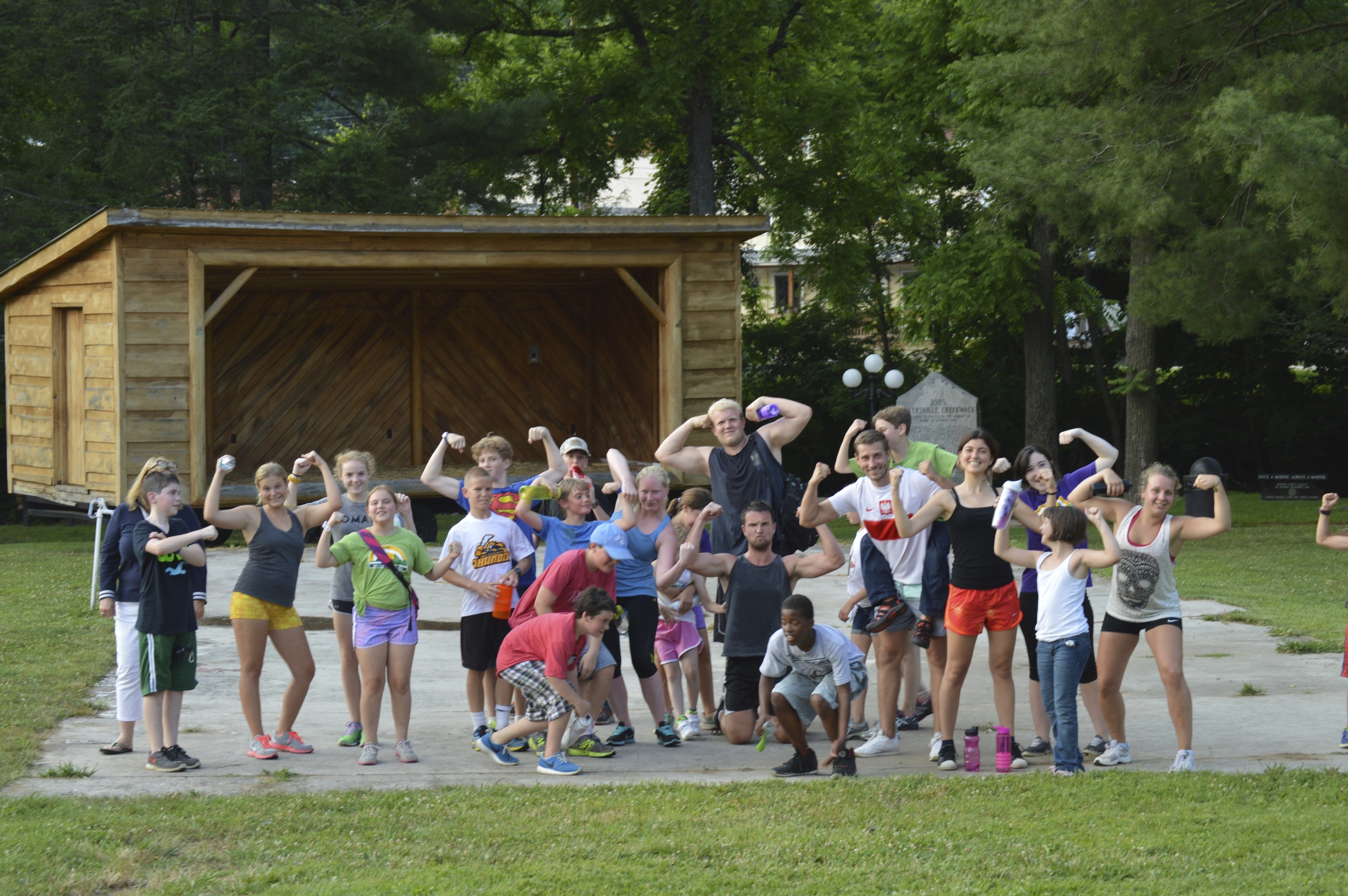 odel to
the campers. Sometimes it was hard to be patient, [smile], but I was able to handle it.
odel to
the campers. Sometimes it was hard to be patient, [smile], but I was able to handle it.
CSC: Where are you now and what are you up to? (Job, school, city, country.)
SK: I am in Istanbul, Turkey. It's my last year at university and I will be an English teacher next year.
CSC: Finally, if you have a fave photo that you took this summer, please share it with us.
SK: Here's my photo. Love to all from Turkey!
We're excited to announce that we're hosting our first-ever Homeschool Tutoring Retreat this weekend, October 10-12. A few homeschool moms and their children will attend, helping us start small as we venture into more sustainable ways to make use of our camp facilities throughout the year. Parents will have their own rooms at the retreat, while students will be housed together upstairs. The fun begins at 6:30 on Thursday evening with a family style dinner at camp. On Friday morning, tutoring and observations will begin, working with one child at a time. While one student is in his/her tutoring session (with Susie observing and coaching the homeschool moms along the way), the others will be outside picking apples, hiking, or baking pies. We'll spend Saturday on an all-day outing, possibly checking out the local Spruce Pine Potters Market annual exhibition or heading to the lake with bag lunches. We'll return to camp in time for dinner and continue tutoring and observations on Sunday.
If you'd like to be involved in future weekend retreats or have ideas for themes you'd like to share with us, please don't hesitate to reach out. This is an exciting time of expansion and outreach for Camp Spring Creek and we welcome your input.
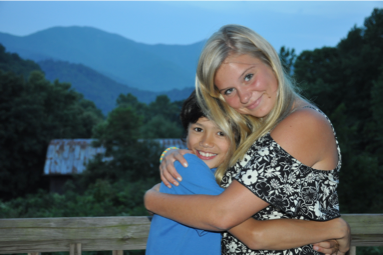 We briefly surveyed some of our camp staff at the end of this summer and would like to share some of their inspiring responses. This week's reply comes from camp daughter Marguerite, who has also served as lifeguard, counselor, and all-around helper and motivator. Here's what she had to say:
Camp Spring Creek: Explain some of your impressions as a Counselor for Camp Spring Creek. What proved most challenging? What proved most rewarding?
We briefly surveyed some of our camp staff at the end of this summer and would like to share some of their inspiring responses. This week's reply comes from camp daughter Marguerite, who has also served as lifeguard, counselor, and all-around helper and motivator. Here's what she had to say:
Camp Spring Creek: Explain some of your impressions as a Counselor for Camp Spring Creek. What proved most challenging? What proved most rewarding?
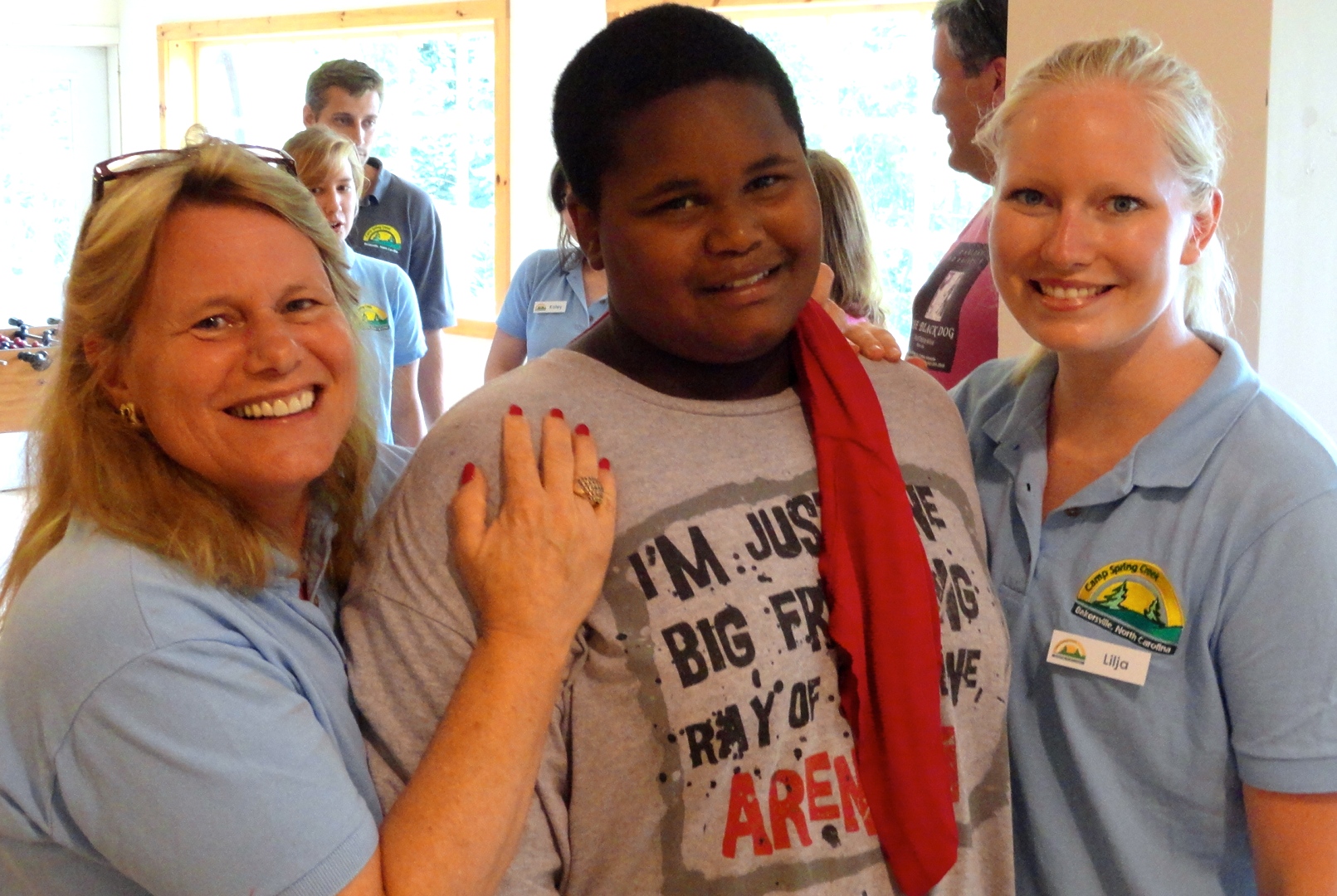 In a short survey conducted at Camp Spring Creek this summer, we asked campers to write down what advice they would give new, incoming campers. Their responses were a delight. Here are a few of our favorites:
"Eat your salad early!" (Jack)
In a short survey conducted at Camp Spring Creek this summer, we asked campers to write down what advice they would give new, incoming campers. Their responses were a delight. Here are a few of our favorites:
"Eat your salad early!" (Jack)
"Stay behind the barrels in paintball." (Milton)
"Do you laundry when you still have clean clothes left." (Bruce)
"Four weeks is not that much, so don't think about your mom and dad a lot." (Chase E.)
"Double-check what the counselors say." (Stefan)
"Be prepared to work." (Ethan)
"Always have a positive attitude and never let the bad times get to you. Be yourself. Don't think that your learning disability is a punishment. It's an amazing gift." (Emily)
"Don't be afraid, because everyone's your friend here." (Michelle)
"Make lots of friends!" (Cynia)
"Don't think about home." (Jazel)
"Eat your salad!" (Chase O.)
"Bring a swim cap and drawers for your clothes!" (Caroline)
"Try your best." (Morgan)
"Be kind to everyone and work hard so you can keep the stuff you have learned. Also, you'll have very good memories and listen to the counselors." (Ana)